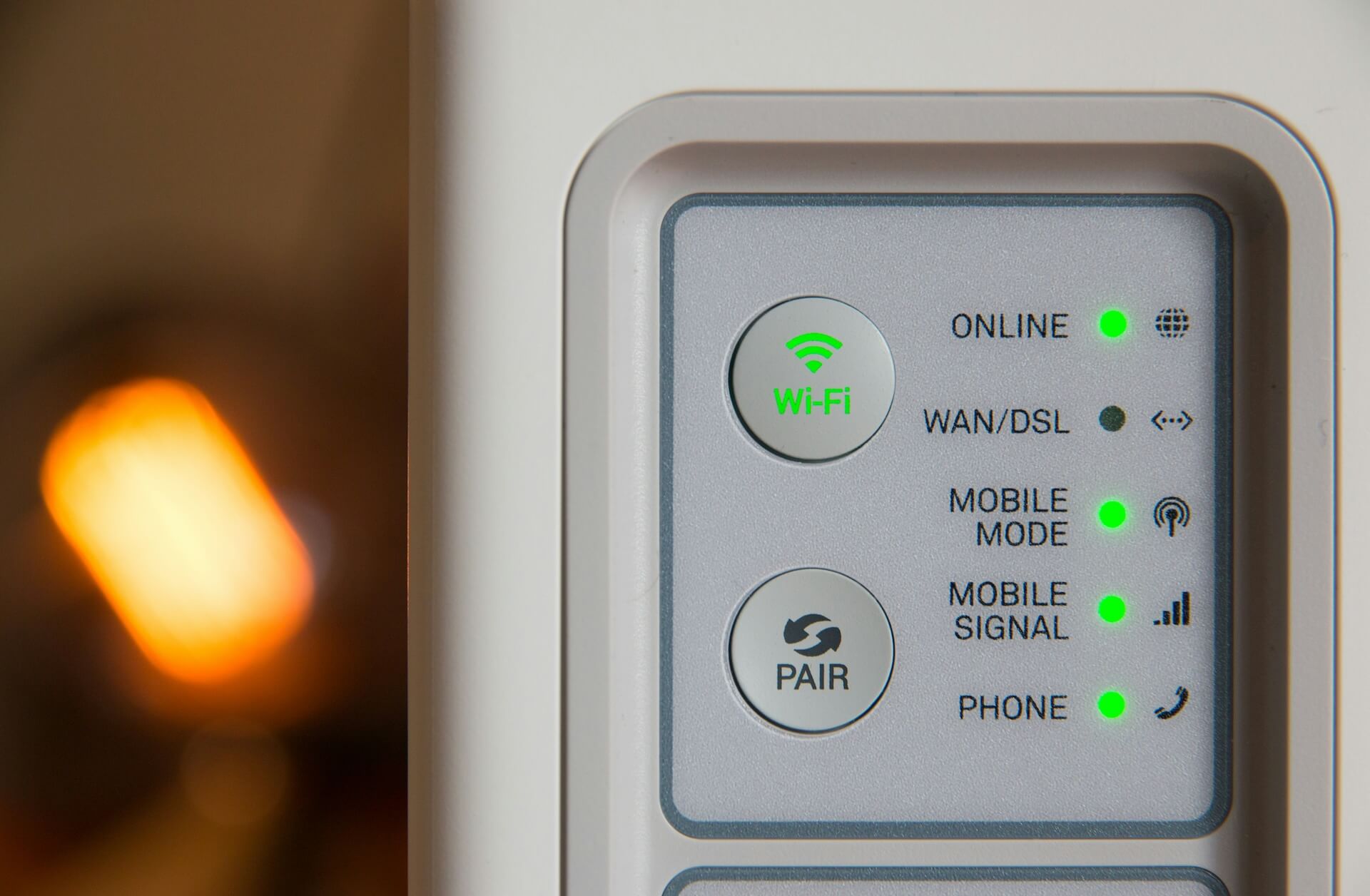In today’s digital age, internet speed is a hot topic. Internet service providers (ISPs) often promote gigabit speeds, leaving many of us wondering how much speed we actually need. The truth is, for most households, 50, 100, or 200 Mbps is more than enough to handle all your online activities. Let’s break down the numbers and see why these speeds are more than sufficient for the vast majority of users.
Streaming 4K Video
Streaming video is one of the most data-intensive activities, especially when it comes to 4K content. However, you might be surprised to learn how little bandwidth it actually requires.
- 4K Streaming: Netflix recommends 25 Mbps for streaming Ultra HD (4K) content. This means you can comfortably stream 4K videos on multiple devices with a 50 Mbps connection.
- HD Streaming: For HD (1080p) streaming, Netflix recommends 5 Mbps. This is easily manageable even with lower-speed plans.
Online Gaming
Multiplayer online gaming is another activity often associated with high-speed internet requirements. However, the actual data usage for gaming is relatively low.
- Gaming: Most online multiplayer games require only about 3-5 Mbps for a smooth experience. Even if multiple people in your household are gaming simultaneously, a 50 or 100 Mbps connection will be more than sufficient.
- Latency: While speed is important, low latency (ping) is crucial for gaming. Fiber and cable connections typically offer low latency, ensuring a smooth gaming experience.
Video Conferencing and Facetiming
With remote work and virtual meetings becoming the norm, video conferencing is a common activity in many households. Here’s what you need for a smooth experience:
- HD Video Conferencing: Services like Zoom and Microsoft Teams recommend 3-4 Mbps for HD video calls. Even if you have multiple people on calls simultaneously, 50-100 Mbps will handle it with ease.
- 4K Video Conferencing: Although less common, if you need 4K video conferencing, you’ll need around 15-20 Mbps. Again, well within the capabilities of a 100 or 200 Mbps connection.
Smart Home Devices
As smart homes become more prevalent, the number of connected devices in a household increases. However, each device typically uses a minimal amount of bandwidth.
- Smart Home Devices: Devices like smart speakers, security cameras, and thermostats use about 1-2 Mbps each. Even with a dozen devices connected, a 50 Mbps connection will suffice.
General Browsing and Social Media
For everyday activities like browsing the web, checking emails, and scrolling through social media, the bandwidth requirements are minimal.
- General Use: Browsing the web typically uses 1-2 Mbps. Social media platforms like Facebook and Instagram recommend 2-3 Mbps for seamless content loading.
Putting It All Together
Let’s consider a typical household scenario: streaming a 4K movie in the living room, someone else gaming online, a couple of HD video calls, and several smart home devices running in the background. Here’s how it breaks down:
- 4K Streaming: 25 Mbps
- Online Gaming: 5 Mbps
- HD Video Calls (2 calls): 8 Mbps
- Smart Home Devices (10 devices): 20 Mbps
- General Browsing: 5 Mbps
Total: 63 Mbps
Even in this fairly busy scenario, a 100 Mbps connection is more than sufficient. This shows that for most households, speeds between 50 and 200 Mbps are more than enough to meet their needs comfortably.
Extreme Scenarios: Overkill Explained
Imagine a household where everyone is streaming 4K content simultaneously. Let’s say there are six people, each streaming 4K video:
- 6 x 4K Streaming: 150 Mbps (6 x 25 Mbps)
- Online Gaming: 5 Mbps
- HD Video Calls (2 calls): 8 Mbps
- Smart Home Devices (10 devices): 20 Mbps
- General Browsing: 5 Mbps
Total: 188 Mbps
Even in this extreme scenario, a 200 Mbps connection covers everything comfortably. An entry-level tier of 300 Mbps would be more than enough to handle the needs of even the most connected households, offering plenty of additional bandwidth for future growth or unexpected spikes in usage.
Conclusion: Don’t Fall for the Speed Hype
ISPs may push gigabit speeds, but the reality is that most households don’t need anywhere near that much bandwidth. By understanding your actual usage, you can choose a plan that fits your needs and potentially save money in the process.
At Wifi Shark, we’re here to help you find the best internet deals that match your lifestyle. Whether you’re a casual user or a heavy streamer, we’ve got you covered. Happy surfing!


